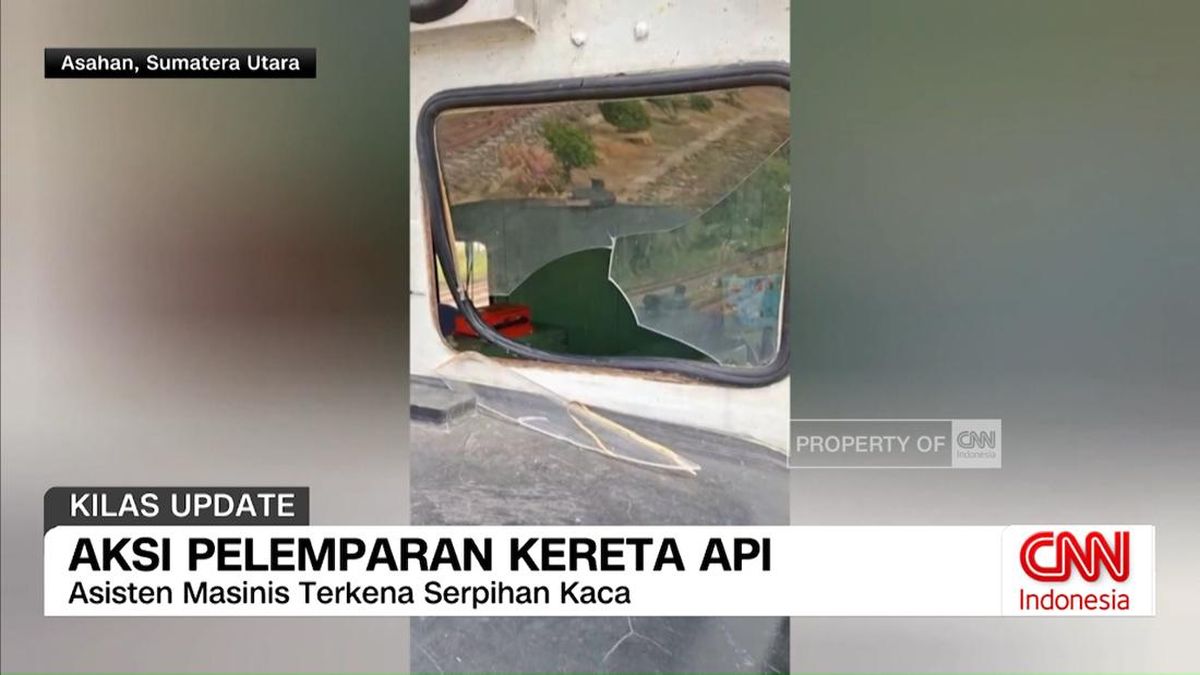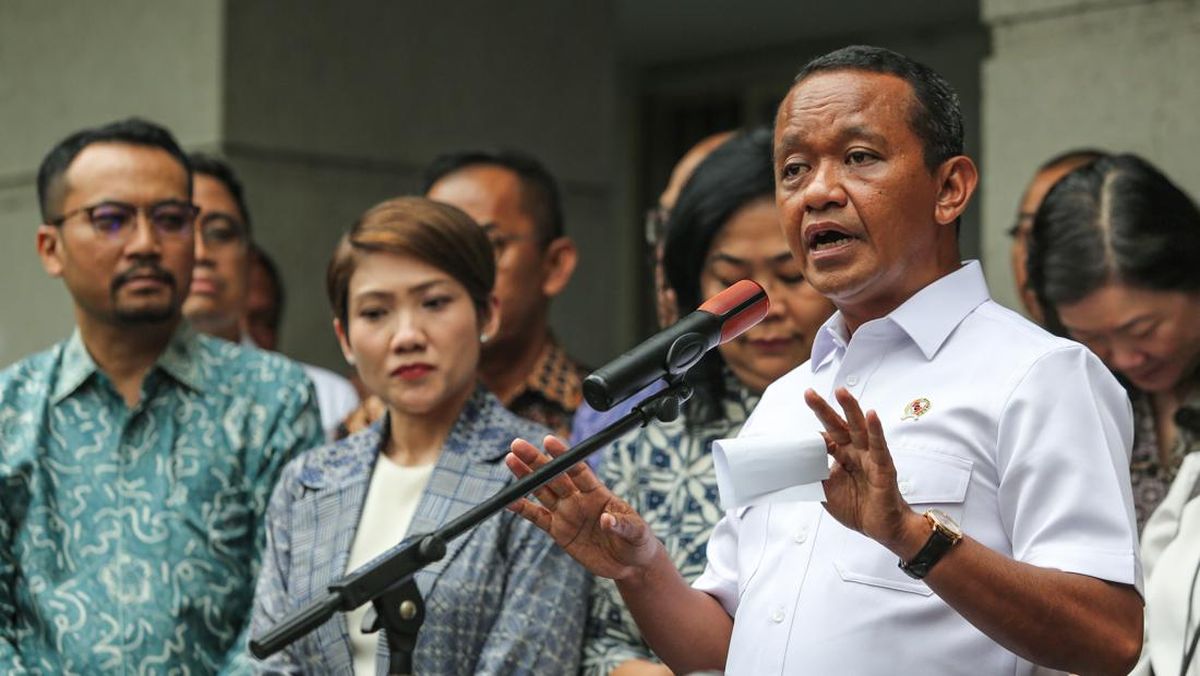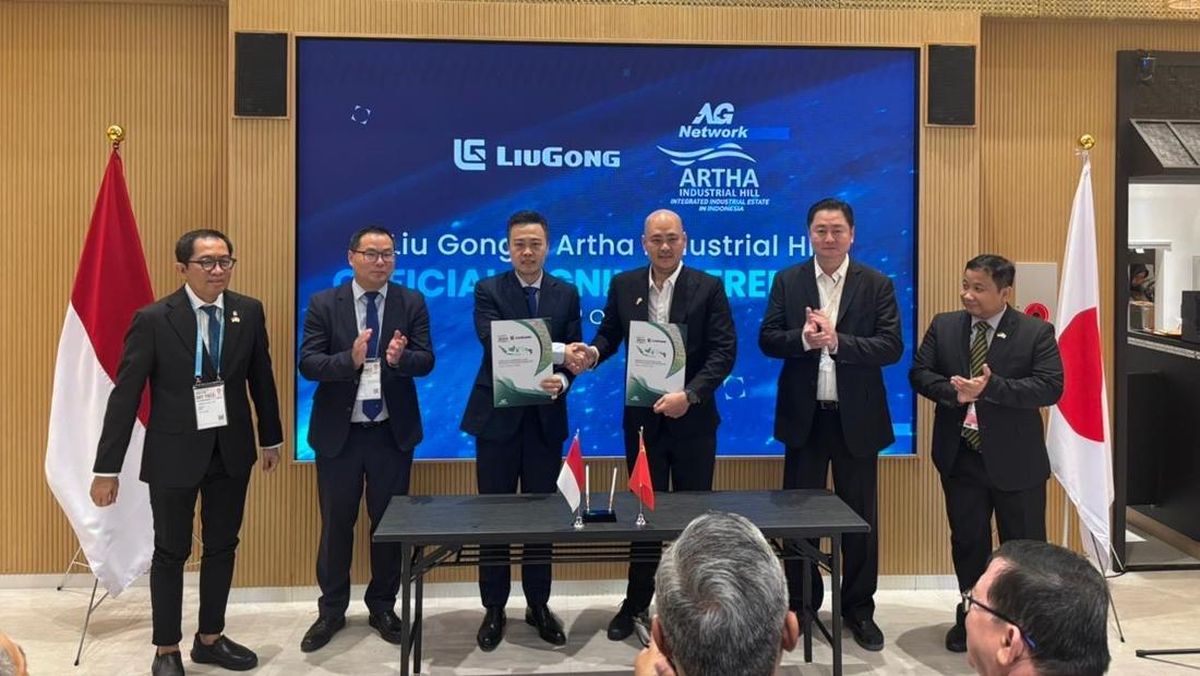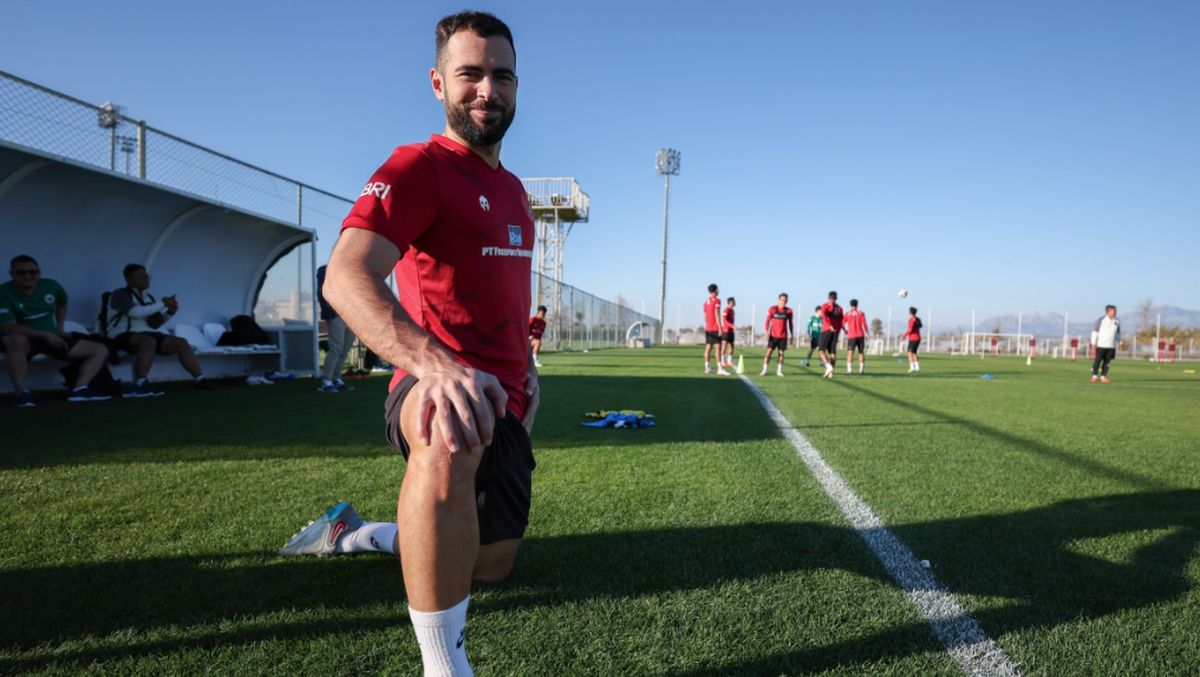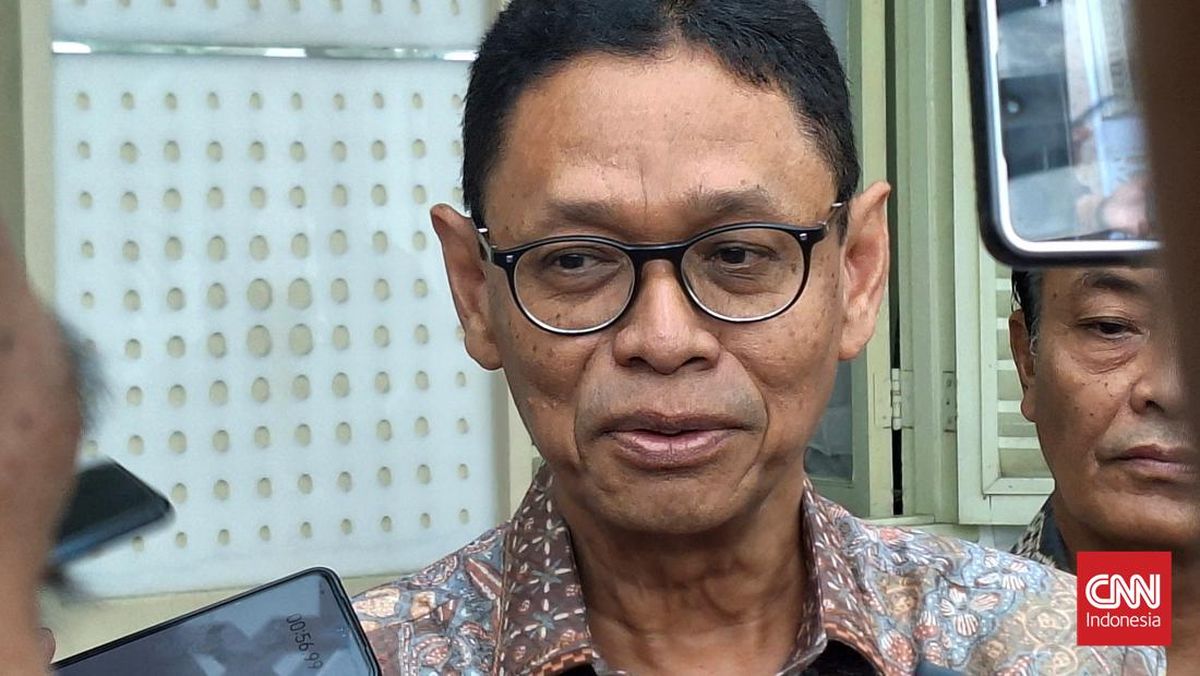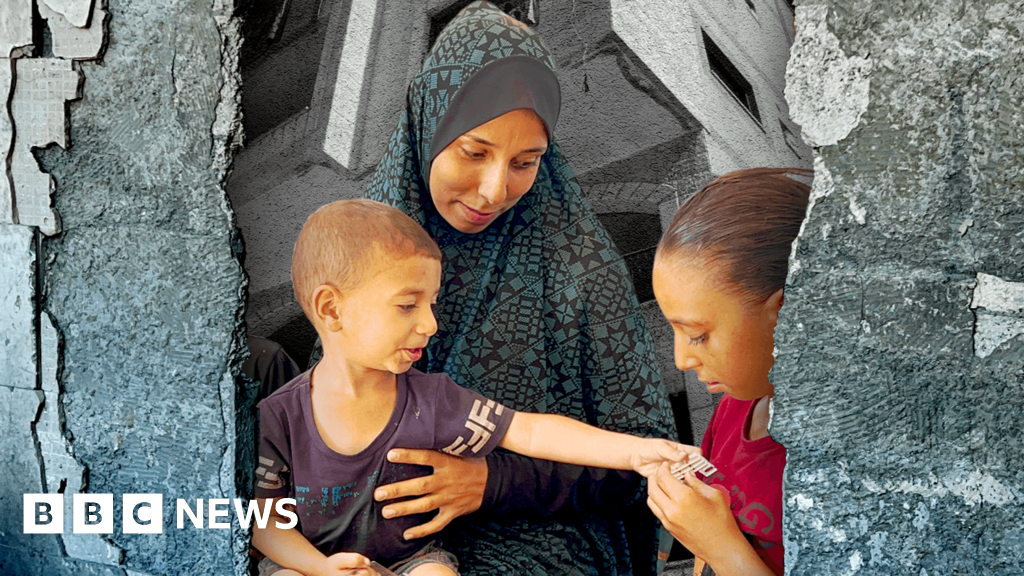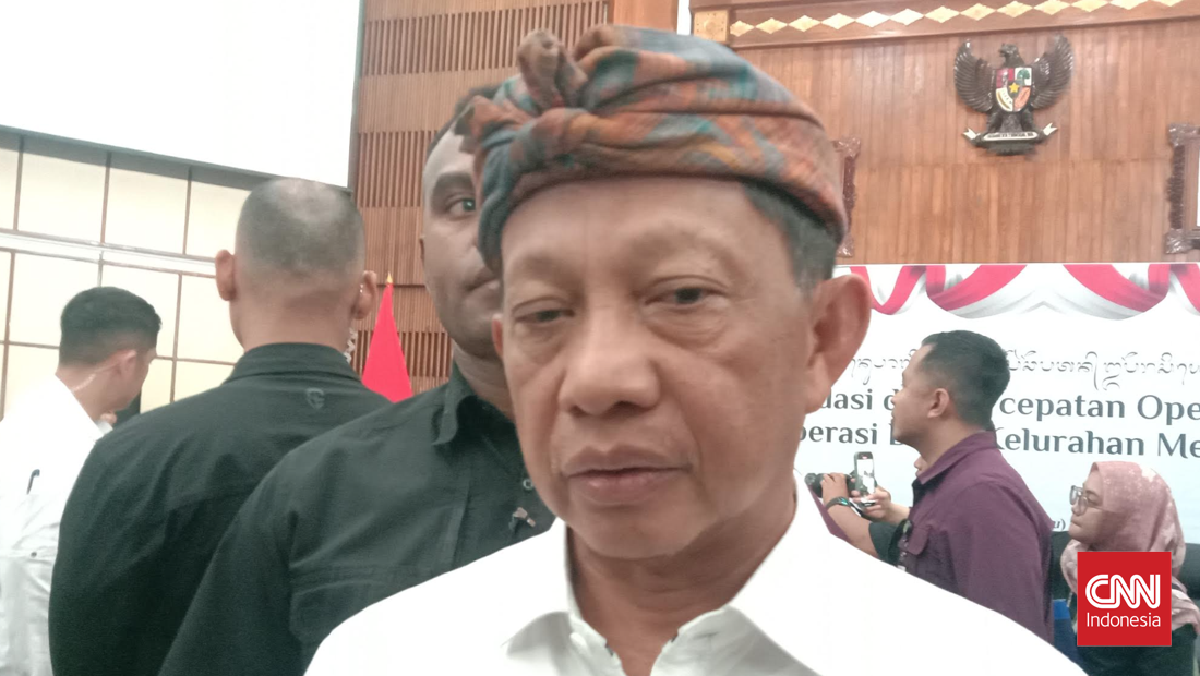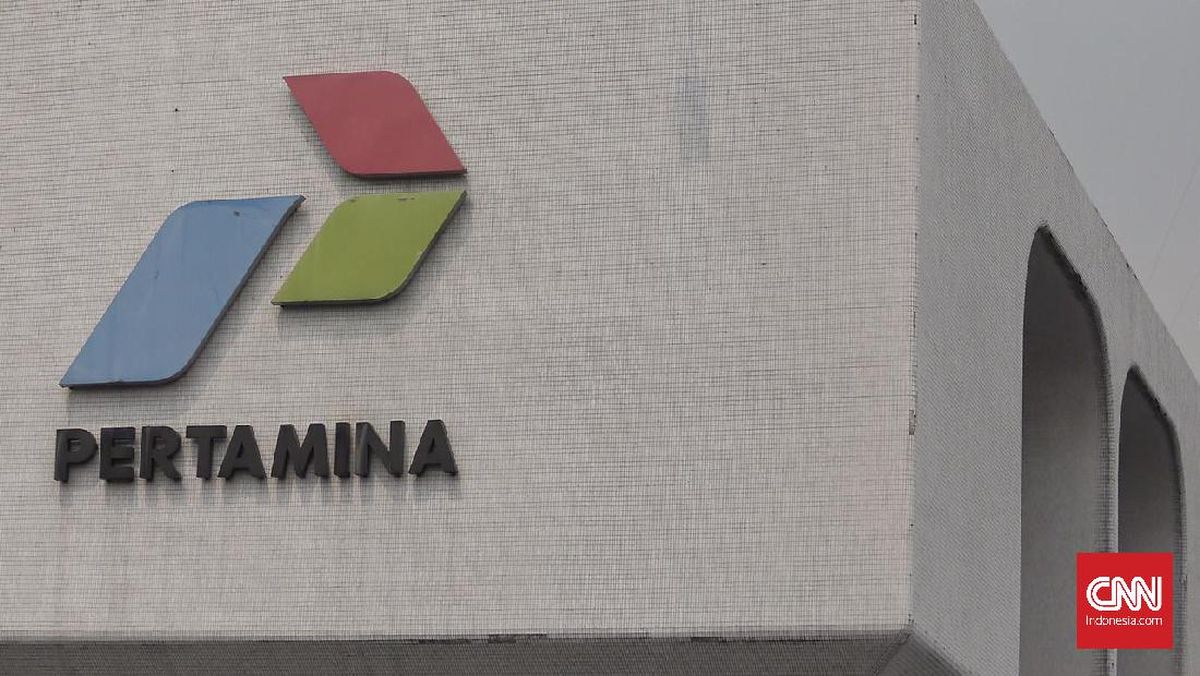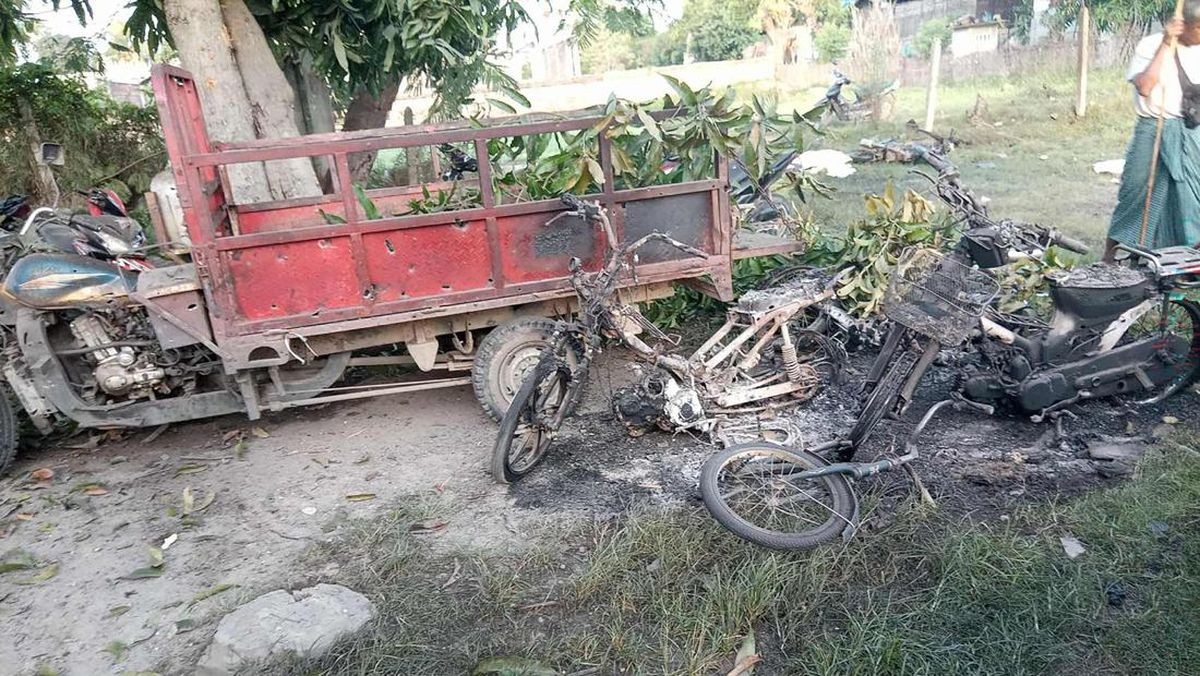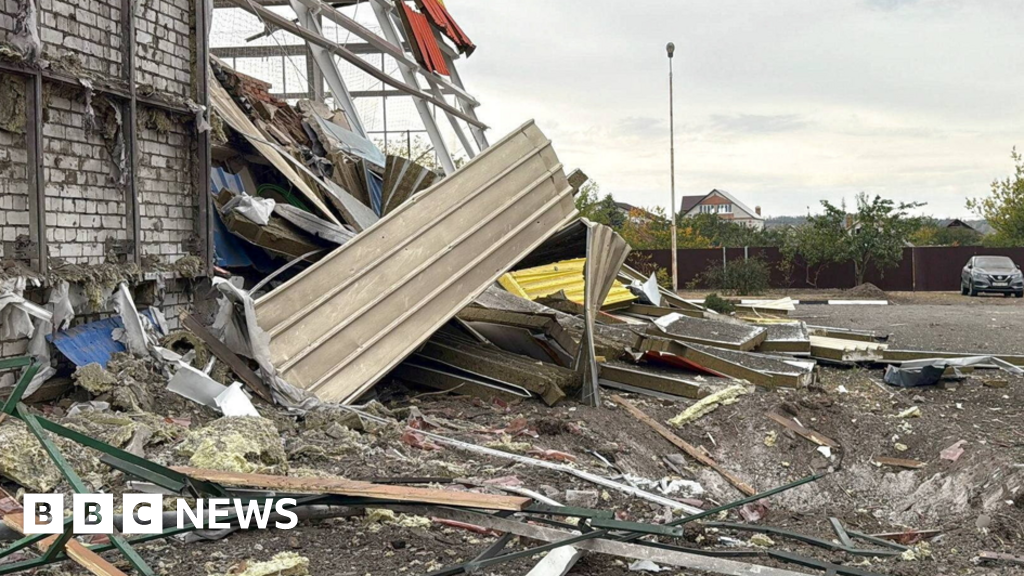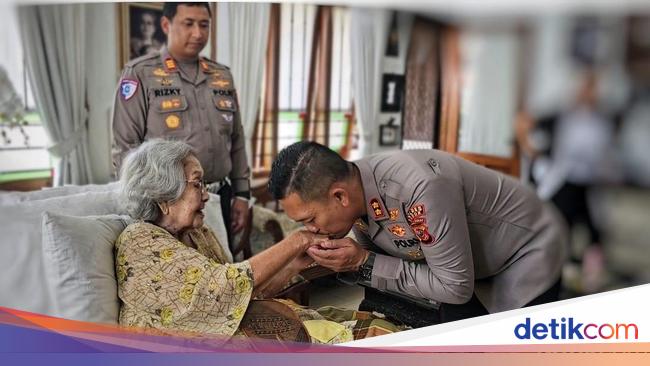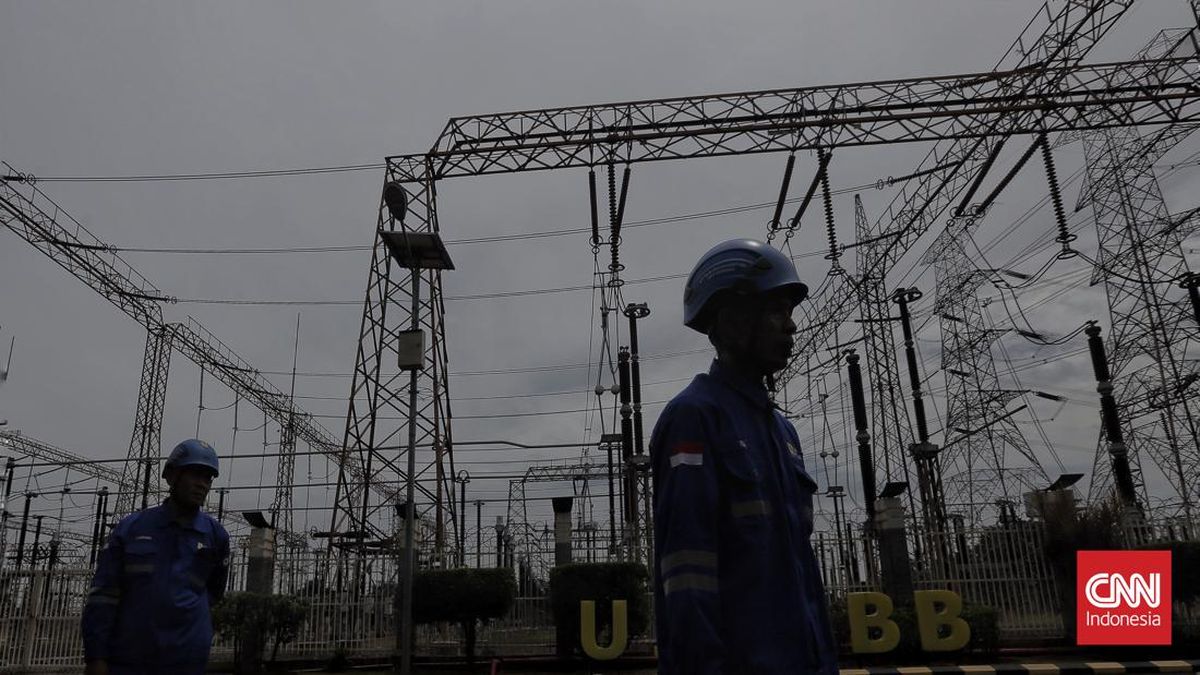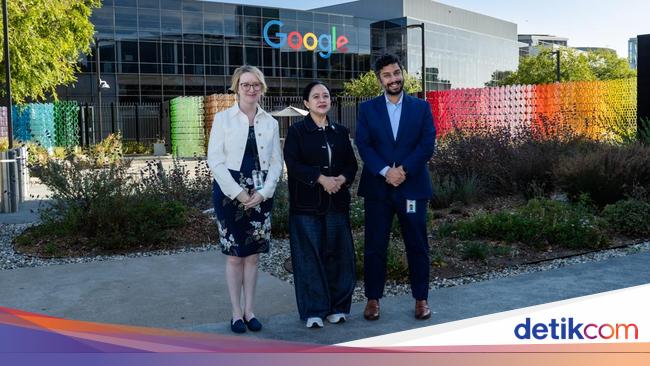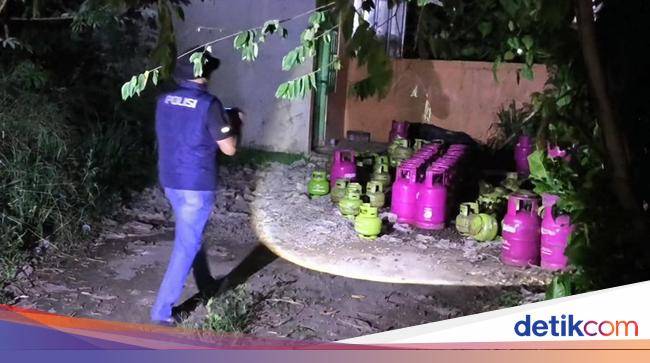New report shows Mayor's "We Are LA" program is making a dent in Los Angeles' homeless crisis
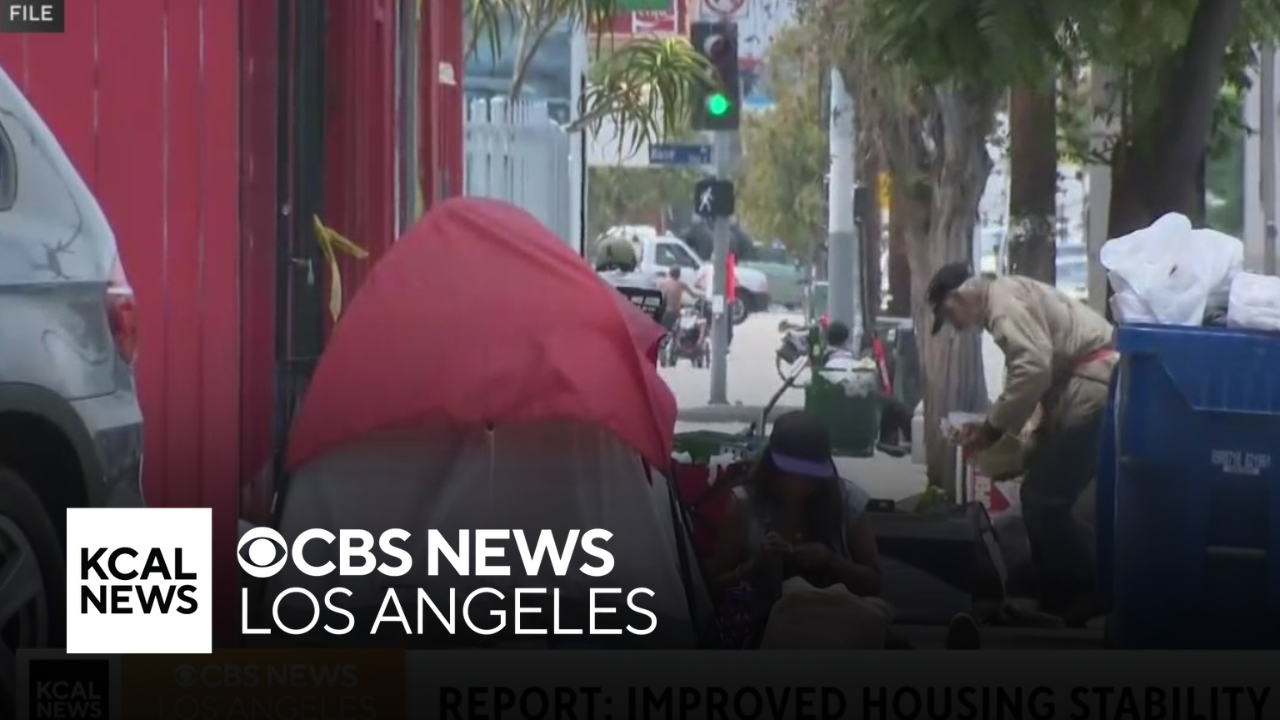
Los Angeles — Inside a bright new building in the heart of Skid Row, homeless people hung out in a canopy-covered courtyard — some waiting to take a shower, do laundry, or get medication for addiction treatment. Others relaxed on shaded grass and charged their phones as an intake line for housing grew more crowded.
The Skid Row Care Campus officially opened this spring with ample offerings for people living on the streets of this historically downtrodden neighborhood. Pop-up fruit stands and tent encampments lined the sidewalks, as well as dealers peddling meth and fentanyl in open-air drug markets. Some people, sick or strung out, were passed out on sidewalks as pedestrians strolled by on a recent afternoon.
For those working toward sobriety, clinicians are on site to offer mental health and addiction treatment. Skid Row's first methadone clinic is set to open here this year. For those not ready to quit drugs or alcohol, the campus provides clean syringes to more safely shoot up, glass pipes for smoking drugs, naloxone to prevent overdoses, and drug test strips to detect fentanyl contamination, among other supplies.
As many Americans have grown increasingly intolerant of street homelessness, cities and states have returned to tough-on-crime approaches that penalize people for living outside and for substance use disorders. But the Skid Row facility shows Los Angeles County leaders' embrace of the principle of harm reduction, a range of more lenient strategies that can include helping people more safely use drugs, as they contend with a homeless population estimated around 75,000 — among the largest of any county in the nation. Evidence shows the approach can help individuals enter treatment, gain sobriety, and end their homelessness, while addiction experts and county health officials note it has the added benefit of improving public health.
"We get a really bad rap for this, but this is the safest way to use drugs," said Darren Willett, director of the Center for Harm Reduction on the new Skid Row Care Campus. "It's an overdose prevention strategy, and it prevents the spread of infectious disease."
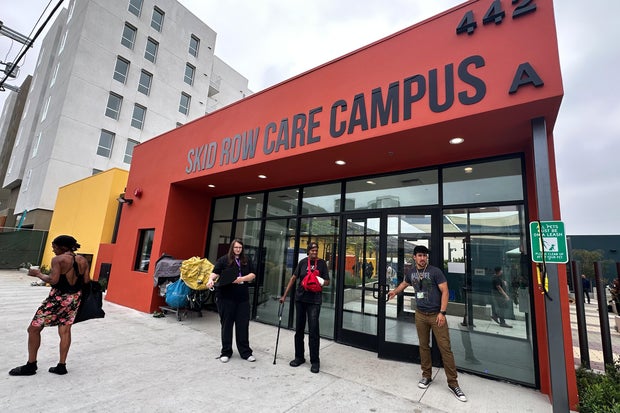 The new Skid Row Care Campus offers homeless people health care and a place to rest, charge their phones, grab some food, or even get connected with housing.
Angela Hart / KFF Health News
The new Skid Row Care Campus offers homeless people health care and a place to rest, charge their phones, grab some food, or even get connected with housing.
Angela Hart / KFF Health News
Despite a decline in overdose deaths, drug and alcohol use continues to be the leading cause of death among homeless people in the county. Living on the streets or in sordid encampments, homeless people saddle the health care system with high costs from uncompensated care, emergency room trips, inpatient hospitalizations, and, for many of them, their deaths. Harm reduction, its advocates say, allows homeless people the opportunity to obtain jobs, taxpayer-subsidized housing, health care, and other social services without being forced to give up drugs. Yet it's hotly debated.
Politicians around the country, including Gov. Gavin Newsom in California, are reluctant to adopt harm reduction techniques, such as needle exchanges or supervised places to use drugs, in part because they can be seen by the public as condoning illicit behavior. Although Democrats are more supportive than Republicans, a national poll this year found lukewarm support across the political spectrum for such interventions.
Los Angeles is defying President Trump's agenda as he advocates for forced mental health and addiction treatment for homeless people — and locking up those who refuse. The city has also been the scene of large protests against Mr. Trump's immigration crackdown, which the president has fought by deploying National Guard troops and Marines.
Mr. Trump's most detailed remarks on homelessness and substance use disorder came during his campaign, when he attacked people who use drugs as criminals and said that homeless people "have no right to turn every park and sidewalk into a place for them to squat and do drugs." Health and Human Services Secretary Robert F. Kennedy Jr. reinforced Mr. Trump's focus on treatment.
"Secretary Kennedy stands with President Trump in prioritizing recovery-focused solutions to address addiction and homelessness," said agency spokesperson Vianca Rodriguez Feliciano. "HHS remains focused on helping individuals recover, communities heal, and help make our cities clean, safe, and healthy once again."
A comprehensive report led by Margot Kushel, a professor of medicine at the University of California-San Francisco, this year found that nearly half of California's homeless population had a complex behavioral health need, defined as regular drug use, heavy drinking, hallucinations, or a recent psychiatric hospitalization.
The chaos of living outside, she said — marked by violence, sexual assault, sleeplessness, and lack of housing and health care — can make it nearly impossible to get sober.
Skid Row Care Campus
The new care campus is funded by about $26 million a year in local, state, and federal homelessness and health care money, and initial construction was completed by a Skid Row landlord, Matt Lee, who made site improvements on his own, according to Anna Gorman, chief operating officer for community programs at the Los Angeles County Department of Health Services. Operators say the campus should be able to withstand potential federal spending cuts because it is funded through a variety of sources.
Glass front doors lead to an atrium inside the yellow-and-orange complex. It was designed with input from homeless people, who advised the county not just on the layout but also on the services offered on-site. There are 22 recovery beds and 48 additional beds for mostly older homeless people, arts and wellness programs, a food pantry, and pet care. Even bunnies and snakes are allowed.
John Wright, 65, who goes by the nickname Slim, mingled with homeless visitors one afternoon in May, asking them what they needed to be safe and comfortable.
"Everyone thinks we're criminals, like we're out robbing everyone, but we aren't," said Wright, who is employed as a harm reduction specialist on the campus and is trying, at his own pace, to stop using fentanyl. "I'm homeless and I'm a drug addict, but I'm on methadone now so I'm working on it," he said.
Nearby on Skid Row, Anthony Willis rested in his wheelchair while taking a toke from a crack pipe. He'd just learned about the new care campus, he said, explaining that he was homeless for roughly 20 years before getting into a taxpayer-subsidized apartment on Skid Row. He spends most of his days and nights on the streets, using drugs and alcohol.
The drugs, he said, help him stay awake so he can provide companionship and sometimes physical protection for homeless friends who don't have housing. "It's tough sometimes living down here; it's pretty much why I keep relapsing," said Willis, who at age 62 has asthma and arthritic knees. "But it's also my community."
Willis said the care campus could be a place to help him kick drugs, but he wasn't sure he was ready.
Research shows harm reduction helps prevent death and can build long-term recovery for people who use substances, said Brian Hurley, an addiction psychiatrist and the medical director for the Bureau of Substance Abuse Prevention and Control at the Los Angeles County Department of Public Health. The techniques allow health care providers and social service workers to meet people when they're ready to stop using drugs or enter treatment.
"Recovery is a learning activity, and the reality is relapse is part of recovery," he said. "People go back and forth and sometimes get triggered or haven't figured out how to cope with a stressor."
Swaying public opinion
Under harm reduction principles, officials acknowledge that people will use drugs. Funded by taxpayers, the government provides services to use safely, rather than forcing people to quit or requiring abstinence in exchange for government-subsidized housing and treatment programs.
Los Angeles County is spending hundreds of millions to combat homelessness, while also launching a multiyear "By LA for LA" campaign to build public support, fight stigma, and encourage people to use services and seek treatment. Officials have hired a nonprofit, Vital Strategies, to conduct the campaign including social media advertising and billboards to promote the expansion of both treatment and harm reduction services for people who use drugs.
The organization led a national harm reduction campaign and is working on overdose prevention and public health campaigns in seven states using roughly $70 million donated by Michael Bloomberg, the former mayor of New York.
"We don't believe people should die just because they use drugs, so we're going to provide support any way that we can," said Shoshanna Scholar, director of harm reduction at the Los Angeles County Department of Health Services. "Eventually, some people may come in for treatment but what we really want is to prevent overdose and save lives."
Los Angeles also finds itself at odds with California's Democratic governor. Newsom has spearheaded stricter laws targeting homelessness and addiction and has backed treatment requirements for people with mental illness or who use drugs. Last year, California voters approved Proposition 36, which allows felony charges for some drug crimes, requires courts to warn people they could be charged with murder for selling or providing illegal drugs that kill someone, and makes it easier to order treatment for people who use drugs.
Even San Francisco approved a measure last year that requires welfare recipients to participate in treatment to continue receiving cash aid. Mayor Daniel Lurie recently ordered city officials to stop handing out free drug supplies, including pipes and foil, and instead to require participation in drug treatment to receive services. Lurie signed a recovery-first ordinance, which prioritizes "long-term remission" from substance use, and the city is also expanding policing while funding new sober-living sites and treatment centers for people recovering from addiction.
"Harm encouragement"
State Sen. Roger Niello, a Republican who represents conservative suburbs outside Sacramento, says the state needs to improve the lives of homeless people through stricter drug policies. He argues that providing drug supplies or offering housing without a mandate to enter treatment enables homeless people to remain on the streets.
Proposition 36, he said, needs to be implemented forcefully, and homeless people should be required to enter treatment in exchange for housing.
"I think of it as tough love," Niello said. "What Los Angeles is doing, I would call it harm encouragement. They're encouraging harm by continuing to feed a habit that is, quite frankly, killing people."
Keith Humphreys, who worked in the George W. Bush and Barack Obama administrations and pioneered harm reduction practices across the nation, said that communities should find a balance between leniency and law enforcement.
"Parents need to be able to walk their kids to the park without being traumatized. You should be able to own a business without being robbed," he said. "Harm reduction and treatment both have a place, and we also need prevention and a focus on public safety."
Just outside the Skid Row Care Campus, Cindy Ashley organized her belongings in a cart after recently leaving a local hospital ER for a deep skin infection on her hand and arm caused by shooting heroin. She also regularly smokes crack, she said.
She was frantically searching for a home so she could heal from two surgeries for the infection. She learned about the new care campus and rushed over to get her name on the waiting list for housing.
"I'm not going to make it out here," she said, in tears.
KFF Health News is a national newsroom that produces in-depth journalism about health issues and is one of the core operating programs at KFF — the independent source for health policy research, polling, and journalism.


